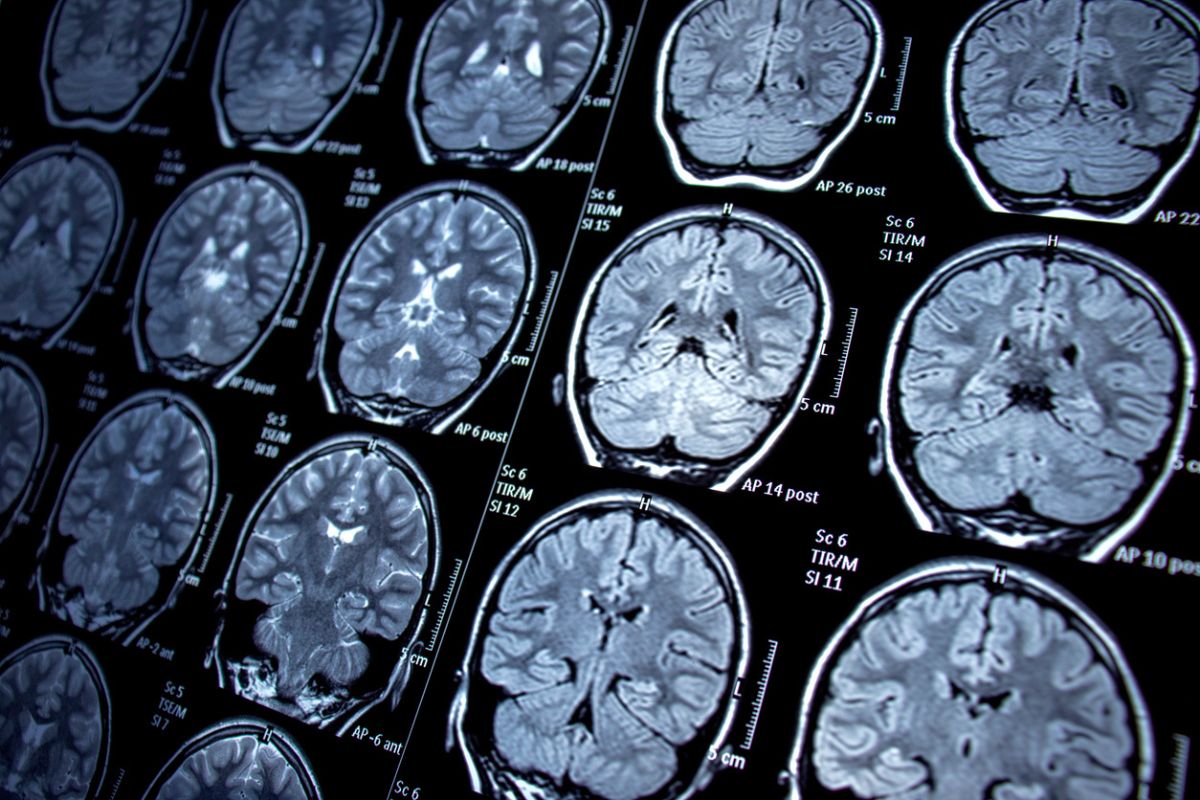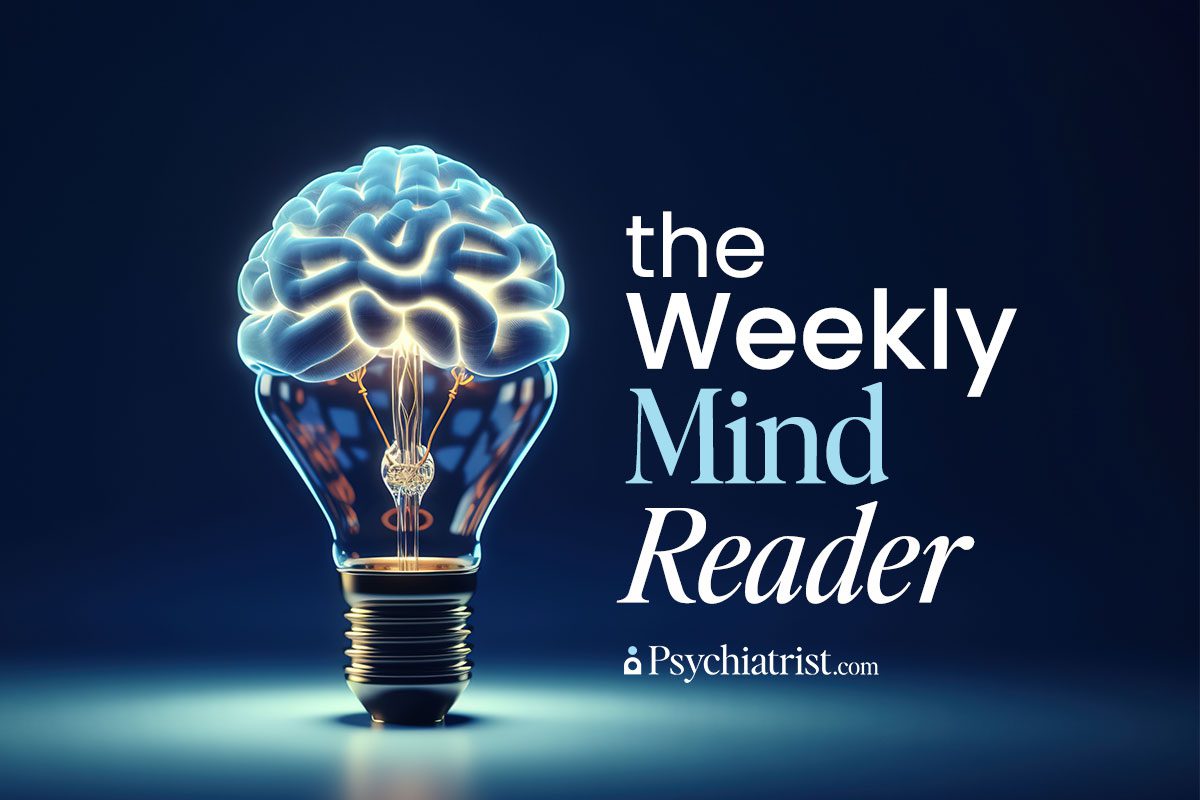Did we need yet another reason to love our dogs? We’ve got one, anyway. Canadian researchers have produced evidence that dogs can smell an imminent PTSD flashback. The group managed to train dogs to identify the scent in the breath of people reflecting on past traumatic experiences.
Service dogs help veterans struggling with PTSD by recognizing an episode and trying to cut it short. And this discovery could revolutionize the way PTSD service dogs are trained – and how effective they can be. If a dog could respond to a PTSD sufferer’s breath ahead of an episode, he (or she) could step in sooner.
“PTSD service dogs are already trained to assist people during episodes of distress,” lead author Laura Kiiroja explained. “However, dogs are currently trained to respond to behavioral and physical cues. Our study showed that at least some dogs can also detect these episodes via breath.”
The journal Frontiers in Allergy published the results in its latest issue.
Methodology
The research team at Dalhousie University in Halifax, Canada, recruited more than two dozen people for the study. More than half of them had previously received a PTSD diagnosis.
The researchers then had each study participant breathe into a facemask while thinking about a former traumatic event. The scientists gathered breath samples during more than 40 sessions during calm and stressed states “induced by trauma cue exposure.”
Finally, the dogs inspected the samples via a “two alternative forced choice (2AFC) discrimination and yes/no detection task.” According to the study, the 2AFC task measured the animals’ ability to discriminate between the two states within the breath samples of one individual. And the detection task gauged their ability to “generalize the target odor across different individuals and different stressful events of one individual.”
Canine Breathalyzers Prove Effective
The dogs knocked it out of the park. They scored better than 90 perfect accuracy on every sample set in the discrimination experiment. And in the detection portion, the dogs performed with 74 perfect and 81 perfect accuracy, respectively.
The research also showed that the dogs might have been detecting distinct endocrine stress markers.
“One dog’s performance correlated with the human donors’ self-reported fear responses,” the study authors wrote, “and the other dog’s performance correlated with the human donors’ self-reported shame responses.”
Moving Forward
“In conclusion, this study provides information on mechanisms underlying the alert function of PTSD service dogs, as well as evidence for the possibility of training dogs to detect upcoming distress episodes through the person’s breath,” the researchers concluded. “This skill would enhance dogs’ alert function by enabling even earlier distraction (i.e., before the onset of observable cues), potentially leading to the person’s enhanced comprehension of their symptoms, more efficient application of coping skills learned in therapy, and prevention of the episode from spiraling.”
However, the researchers added that since this was a proof-of-concept study, they must pursue validation studies to confirm these results.
Further Reading
VA Fights Its Own History With Early Success of Suicide Prevention Program
What Does a Systematic Review of Cannabis and PTSD Tell Us?
Use of Terazosin to Treat Trauma-Related Nightmares After a Failed Trial of Prazosin



